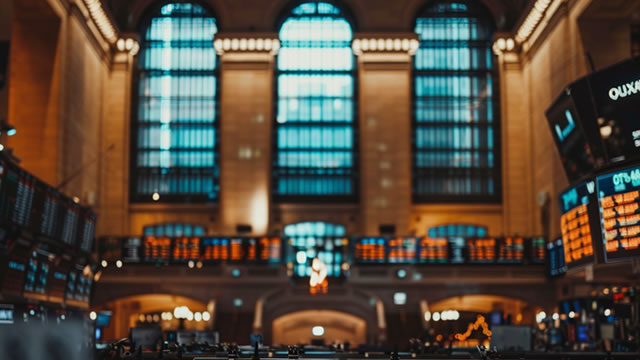A Rollercoaster Week in the Markets: Volatility Returns with Potential Downside for U.S. Equities
The financial markets have experienced a tumultuous week, with initial gains in major indices being reversed, leaving investors grappling with uncertainty and potential further downside for U.S. equities.
Major Indices Tumble
The Dow Jones Industrial Average (DJIA) and the S&P 500, two of the most closely watched indices, saw significant declines. The DJIA dropped nearly 500 points at its lowest point, while the S&P 500 fell by more than 2%. These losses represent a significant reversal from the gains recorded earlier in the week.
Bitcoin Shows Relative Strength Amid Market Decline
Amidst the broader market decline, Bitcoin has shown relative strength, trading at $82,200 as of the time of writing. This represents a 25% decrease from its all-time high of $115,000, which was reached just a few days prior.
Causes of the Market Volatility
The causes of this market volatility are multifaceted. One major contributing factor is the ongoing uncertainty surrounding the global economic recovery from the COVID-19 pandemic. Recent data has shown that the pace of the recovery is slower than initially anticipated, leading to concerns about the long-term health of the economy.
Another factor is the rising interest rates. The Federal Reserve has signaled that it will begin tapering its asset purchases, which has led to an increase in bond yields and a sell-off in tech stocks, which had been major drivers of the market’s gains in recent months.
Impact on Individual Investors
For individual investors, this market volatility can be disconcerting. It is important to remember that market declines are a normal part of the investment cycle and that a well-diversified portfolio can help mitigate the impact of short-term market fluctuations.
Impact on the World
On a larger scale, this market volatility can have far-reaching consequences. For example, it can lead to increased uncertainty and instability in financial markets around the world, which can in turn impact economic growth and trade. Additionally, it can make it more difficult for governments and central banks to implement monetary and fiscal policies designed to support economic recovery.
- Market volatility can lead to increased uncertainty and instability in financial markets around the world
- It can make it more difficult for governments and central banks to implement monetary and fiscal policies designed to support economic recovery
- The impact of market volatility on individuals can be mitigated through a well-diversified portfolio
Conclusion
In conclusion, the markets have experienced a volatile week, with major indices seeing significant declines and Bitcoin showing relative strength amid the broader market decline. The causes of this volatility are multifaceted, with ongoing uncertainty surrounding the global economic recovery from the COVID-19 pandemic and rising interest rates being major contributing factors. While this market volatility can be disconcerting for individual investors, it is important to remember that it is a normal part of the investment cycle and that a well-diversified portfolio can help mitigate its impact. On a larger scale, this market volatility can have far-reaching consequences, making it more difficult for governments and central banks to implement policies designed to support economic recovery.
It is important for investors to stay informed about market developments and to maintain a long-term perspective. By doing so, they can navigate market volatility and position themselves to take advantage of opportunities as they arise.




